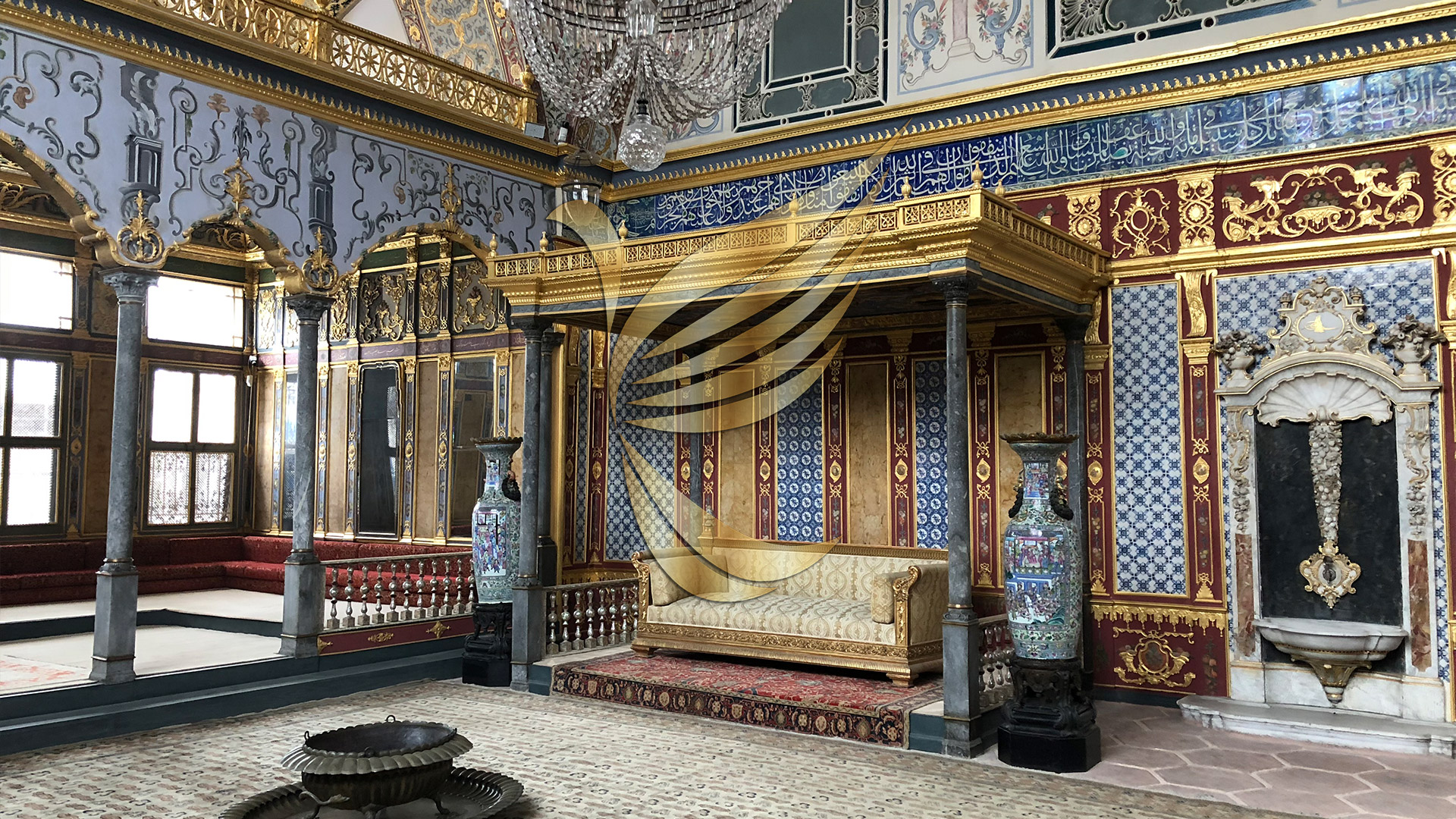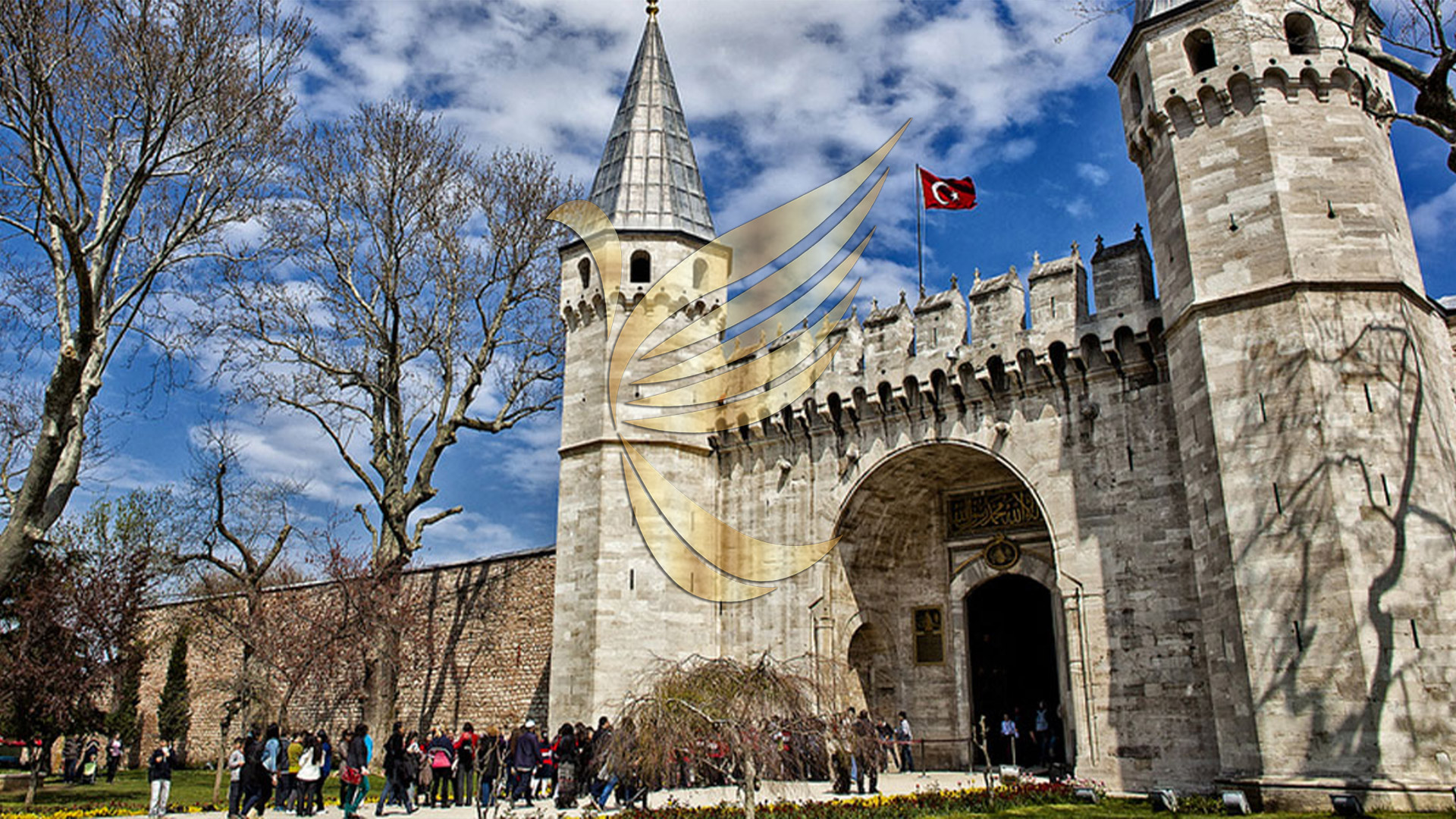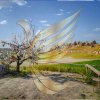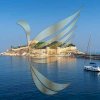The Ottoman Palace, famous for being one in every of the foremost beautiful landscapes that structure Istanbul's skyline, a treasure trove of history on the historical peninsula.
Following the conquest of Istanbul in 1453, the development of the Topkapı Palace was started in 1460 at the request of Fatih Sultan Mehmet and was completed in 1478. Topkapı Palace, which wasn't built simultaneously with all the extra buildings, like the case is with Dolmabahçe Palace, was enlarged with the supplementary buildings added until the 19th century.
Topkapı Palace is found in one among the oldest historical regions of Istanbul. Located on the historical Istanbul peninsula between the Marmara Sea, the Bosphorus and also the Golden Horn, the palace is one in every of the long-lasting structures of Istanbul. Topkapı Palace, established on a vicinity of 700,000 square meters on the Eastern Roman acropolis in Sarayburnu, was the executive, educational and artistic center of the empire for roughly four hundred years from Fatih Sultan Mehmet to the 31st Sultan Abdülmecid, furthermore as housing the dynasty. Although Topkapı Palace was gradually abandoned by the mid-19th century when the dynasty slowly moved to Dolmabahçe Palace, it preserved its historical importance and value.
After the founding of the Republic of Turkey, Topkapı Palace was converted into a museum on April 3, 1924, having the excellence of being the primary museum of the Republic. Today, Topkapı Palace is one amongst the biggest palace-museums within the world with its buildings, architecture, collections and approximately 300,000 archive documents.
Upon entering the sultanate gate, the palace structures encompass four transitional courtyards and therefore the surrounding architectural structures. Among the palace structures surrounded by gardens and squares, are the primary courtyard called Alay Square, Hagia Eirene Church, Royal Mint, bakery, hospital, wood warehouse, and wicker makers' house.

The second courtyard of the palace is Divan Square, notable for being where the state administration takes place, also called Justice Square. Divan-ı Hümayun (Kubbealtı), the scene of the many ceremonies throughout history, was the official installation of the Divan council, and therefore the treasury is found right next thereto. The Justice Tower is found behind the Divan structure, the doorway to the Harem next to Kubbealtı, with the courtyard also housing the Ward of the “Zülüflü” Guards (The Tressed Halberdiers) and also the Royal Stables.
The third courtyard of the palace is additionally called Enderun Courtyard. during this section houses the Sultan's Audience Hall, Enderun Treasure, the Privy Room, still as structures like the Palace School established during the reign of Sultan Murat III.
In the fourth courtyard, which is that the last courtyard, there are pavilions and hanging gardens of the Sultan. During this section, there are the Baghdad and Revan Pavilions and also the Iftaree Gazebo, which are the foremost distinguished and aesthetically advanced samples of Ottoman classical mansion architecture. within the lower a part of the fourth courtyard, Mecidiye Pavilion and therefore the Wardrobe Chamber are the last buildings of the palace.







0 comments for this post